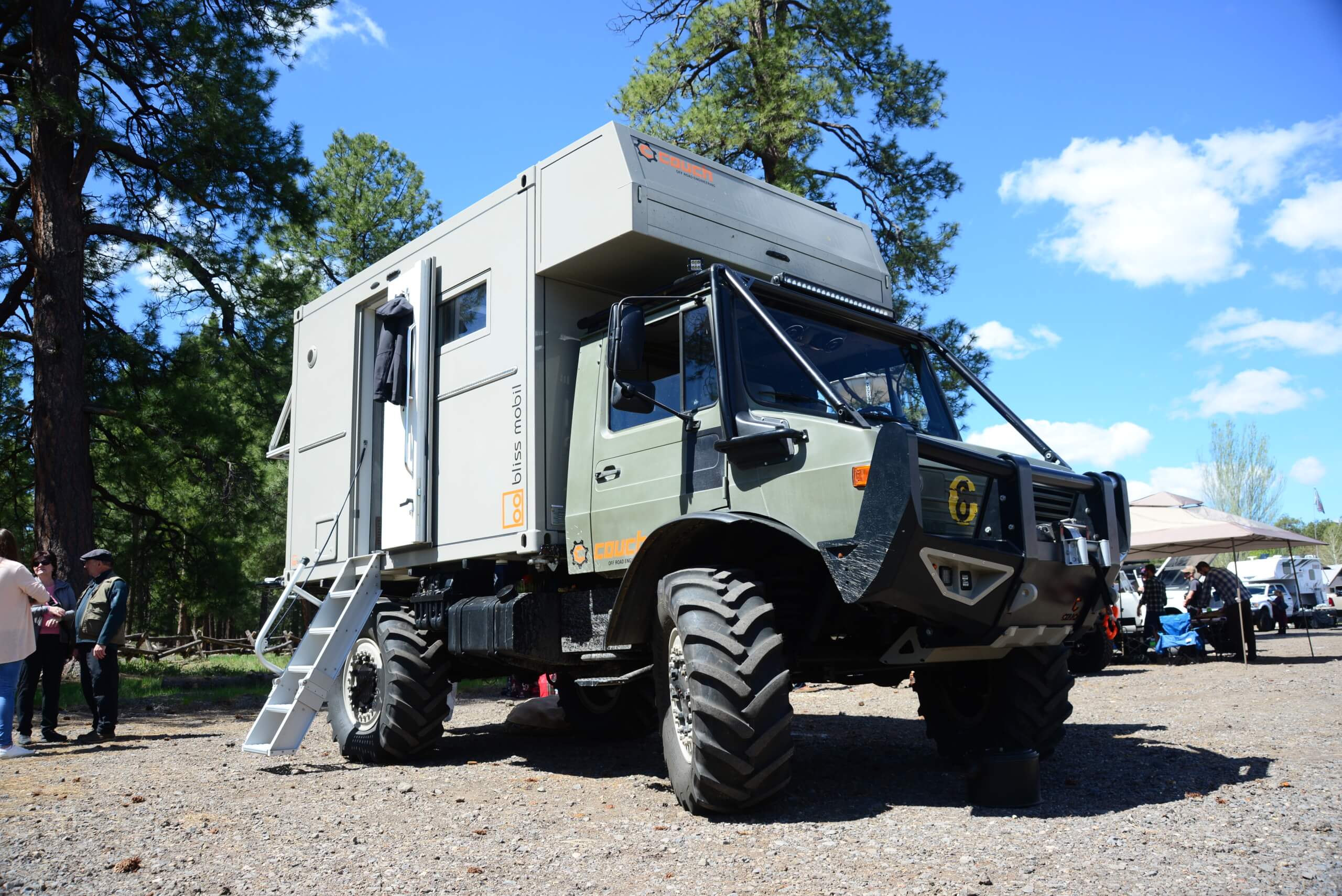
Top 10 Items Every Overlander Needs
Overlanding 4x4s require slightly different equipment than what you would need on a traditional camping or off-road trip. In most cases, you need to tap into elements of both to make sure you have the proper gear for your off-road camping adventure. You’ll quickly find that overland cargo real estate is at a premium, so you have to carefully pick and choose the most important items, organize it well and leave whatever doesn’t fit behind. An overloaded 4×4 can be a detriment on the trail. It can cause poor handling and excessive suspension bottoming. The added weight could lead to a catastrophic suspension, axle or other drivetrain failure, which is the last thing you want if you are off-road several hours from civilization. Of course, most of us have been camping before, so you likely have the basics such as food, water, sleeping bag and so on all sorted out. So we’ll help you with the stuff you may not have considered essential when camping further down the trail than most.
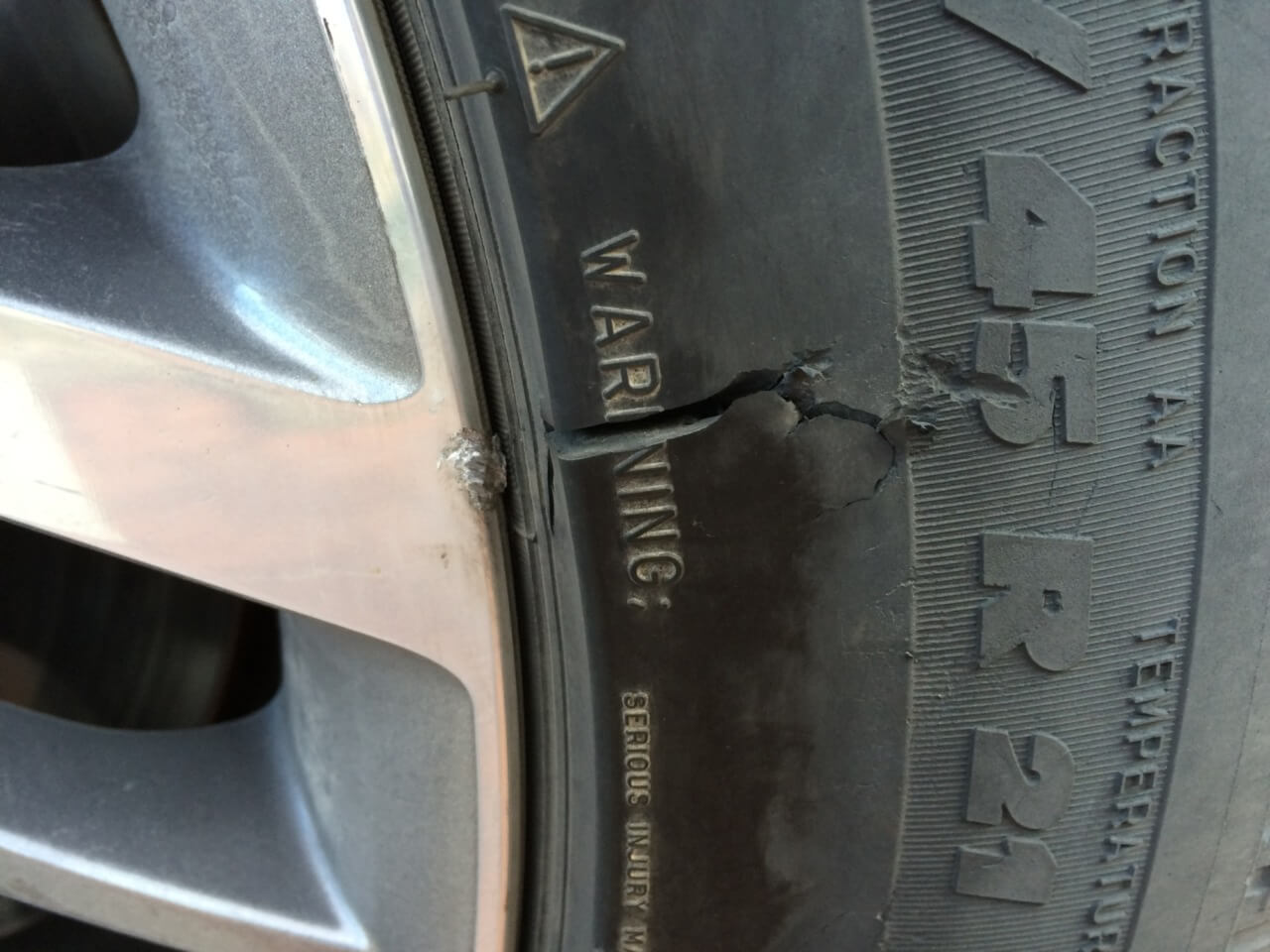
Improper tires and wheels on your overlander can make for a rough unpleasant trip. Avoid large wheel diameters and low profile sidewalls when making wheel and tire choices. Short sidewalls and P-metric car tires are more vulnerable to punctures than traditional light truck (LT) all-terrain tires.
Off-Road Worthy Tires
The number one biggest fail we see on many overland campers is poor tire selection. If you’re running street treads, low profile sidewalls or P-series passenger car tires on your overlander, you are gambling. Street-centric tires aren’t built for the abuses of traveling long distances off-road with added weight. Not only do you need to match the tread design to the terrain you plan to encounter, you should pay close attention to the tire load range and actual weight rating. Consider taking your fully loaded 4×4 to a scale so you know what you are dealing with when making a tire selection. At the bare minimum, look for light truck (LT) branded tires, preferably with three sidewall plies. You’ll most likely need D or E load range tires, unless you are driving a tiny lightweight overlander. Chunky sidewall lugs and rim protectors are also good features to look for.
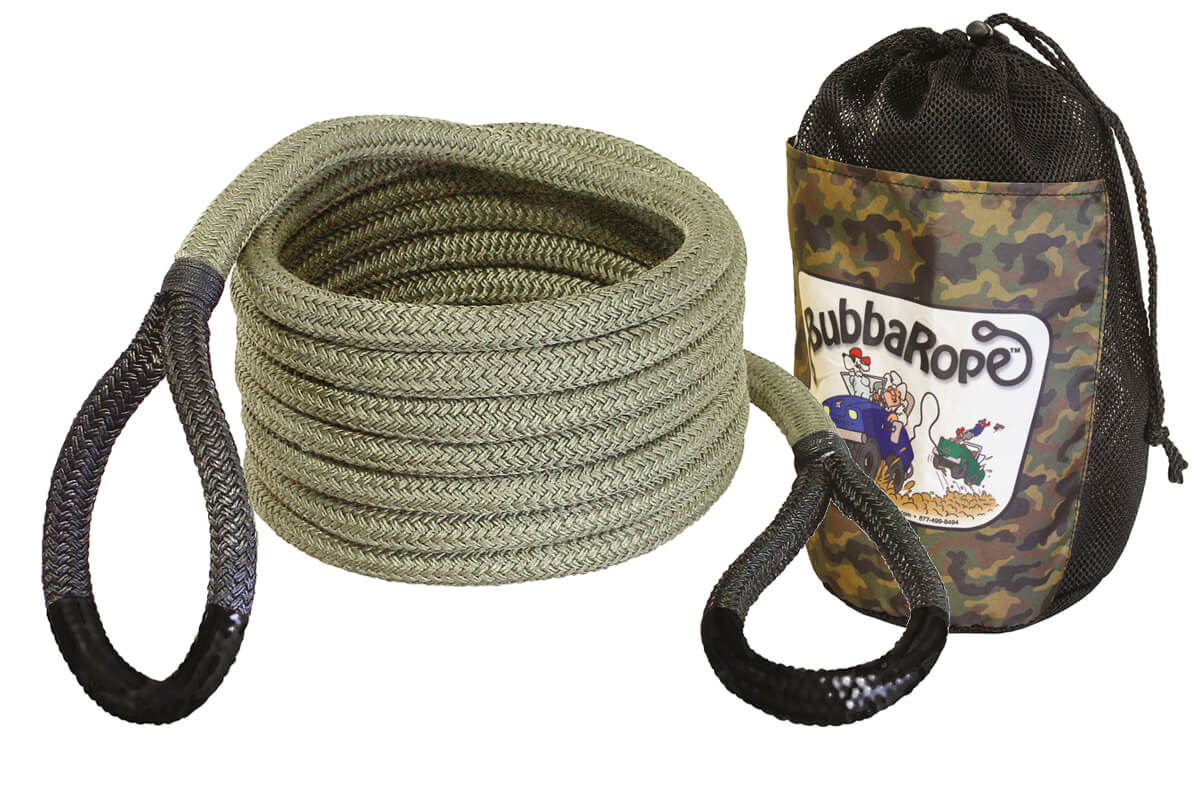
Every 4×4 should have proper tow points and a recovery strap. Kinetic recovery ropes that stretch are great for deep mud and snow recoveries that require a slingshot technique. The kinetic rope stretches like a rubber band and also absorbs the shock loading that can damage tow points and drivetrain bits.
Tow Strap And Recovery Points
It should go without saying, any 4×4 that touches dirt should have proper front and rear recovery points as well as a recovery strap. One recovery point at each corner is ideal, but two front hooks and one rear or a rear receiver hitch with an aftermarket clevis mount is enough to get you or others out of a bad situation. If your 4×4 features closed loop recovery points instead of hooks, you’ll need to add soft shackles to your recovery kit so the tow strap eye can be connected. For snowy and muddy conditions where you need to slingshot a stuck vehicle, you’ll want a kinetic recovery rope that stretches and uses the stored energy to free the sunk 4×4 without the harsh jerking that can damage recovery points and drivetrain parts. Slower speed technical pulls in most other types of terrain can be safely done with a traditional nylon recovery strap.

Electric 12-volt fridge freezers such as the Smittybilt Arctic can keep perishable food and beverages cold indefinitely. If you regularly make multi-day trips away from civilization you can keep things cool without having to stop for ice or deal with the associated meltwater.
Quality Ice Cooler Or 12-Volt Fridge
Forget about using low-buck dime-store and box-mart coolers in your overlander. They aren’t durable, they can leak water in your interior when sloshed around on the trail and they are not good at preserving ice. None of these characteristics are ideal when you are miles away from a replacement cooler and ice replenishment. High-quality modern coolers can keep ice for a week or more in some cases. The 12-volt electric portable refrigerators can keep perishable food and drinks cold indefinitely, without the common waterlogging associated with ice coolers. There is nothing worse than raw hamburger patties or chicken breasts floating around in the cooler water and contaminating everything. This is where the 12-volt refrigerators really shine.
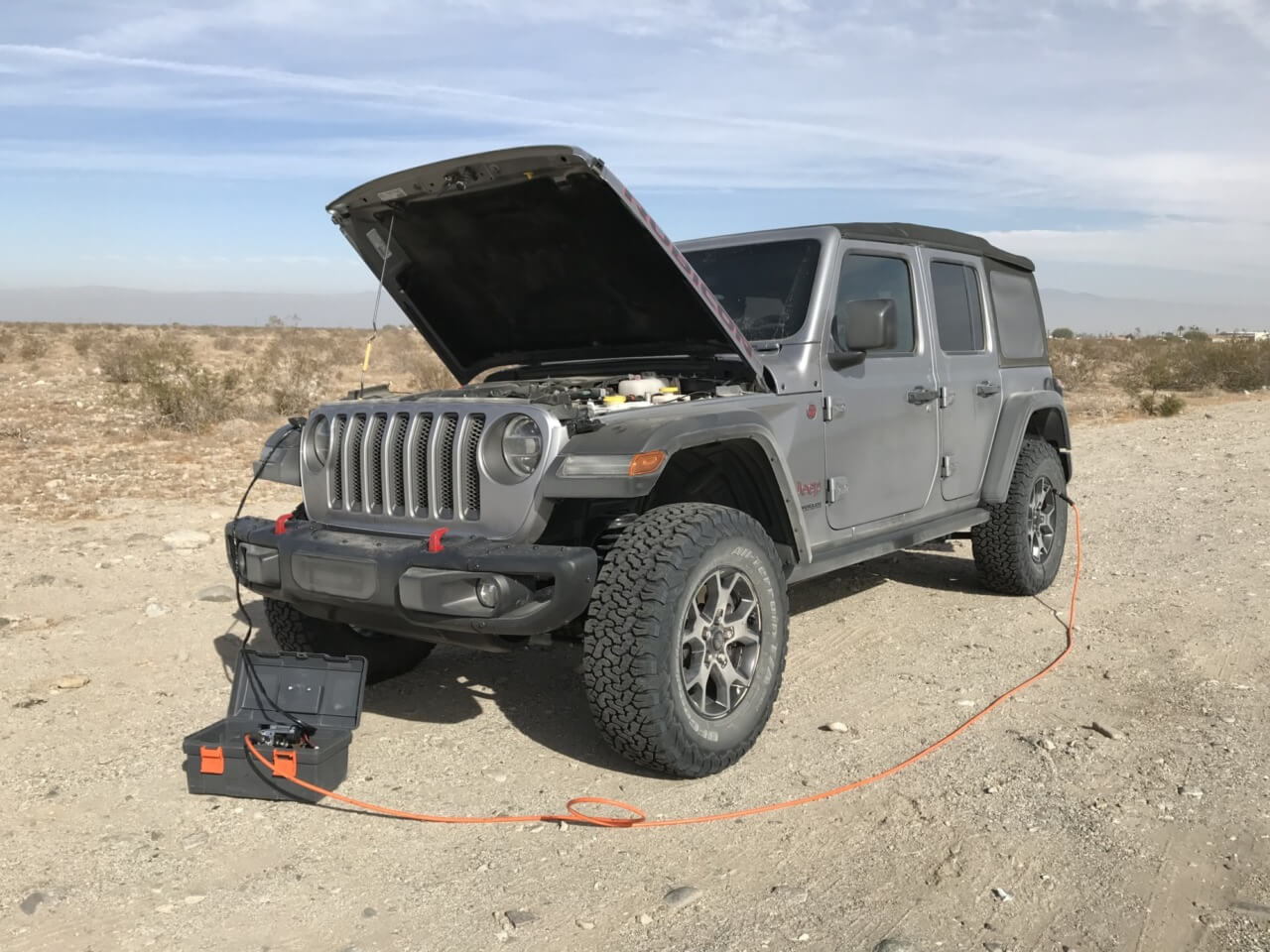
Airing down your tires for the trail provides a smoother ride over rough roads, increased flotation on sand and more traction on all off-road surfaces. Of course, you’ll need an air source to refill your tires at the end of the adventure. There are many to choose from. A portable air source can be easily moved from vehicle to vehicle.
Onboard Air And Tire Pressure Gauge
You should be airing down your tires at the start of your off-road adventure and refilling them at the end of the trail. The advantages of properly aired down tires off-road include a smoother ride over rough surfaces, increased flotation on soft surfaces like sand and more traction on all off-road surfaces. There are many different on-board air sources available. You can choose what works best for you. Your options include CO2 tanks, hard-mounted 12-volt electric air compressors and portable 12-volt electric air compressors. Each has advantages and disadvantages, but your selection will mostly depend on personal preference.
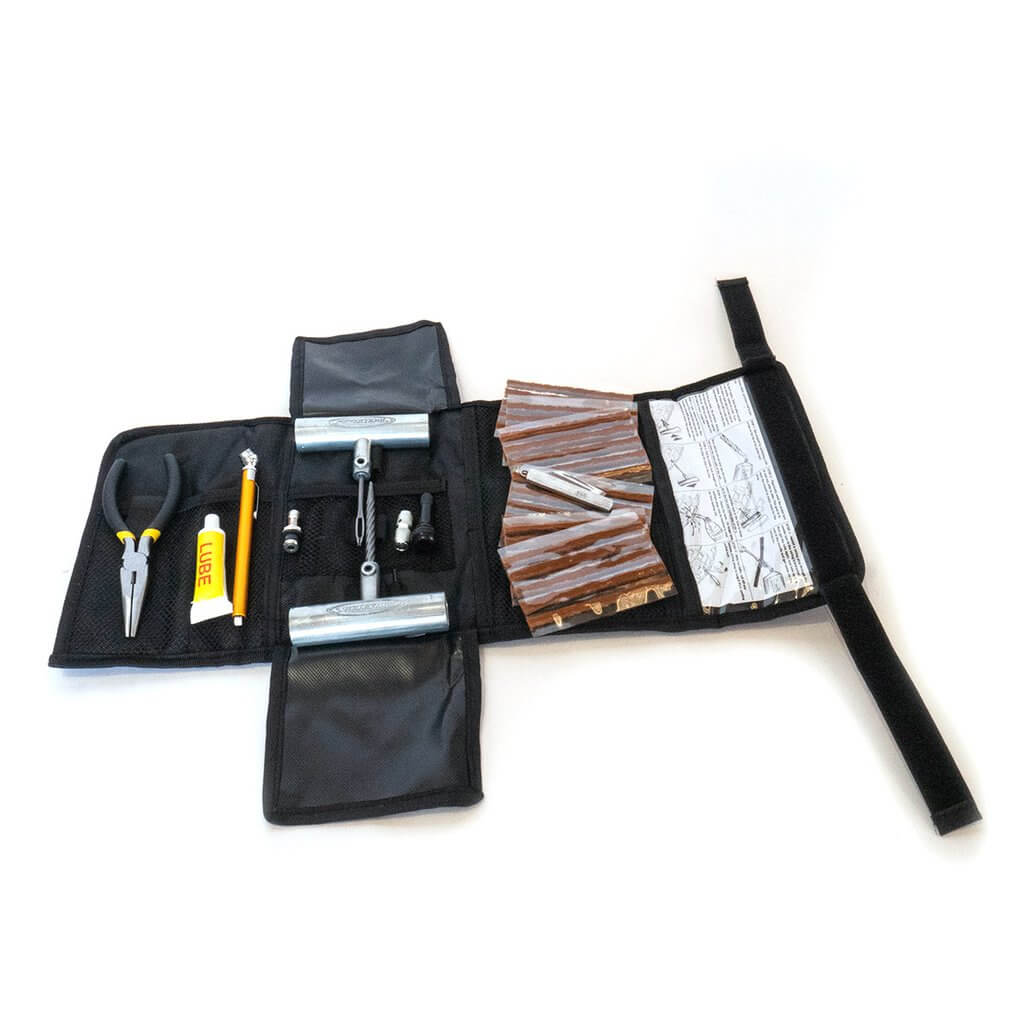
In addition to carrying a fullsize spare tire, a tire plug kit is a great addition to your overlander. A plug kit can be used to repair common tire failures caused by nails, screws and other sharp objects. The plug kit can also be used to temporarily fix smaller sidewall punctures.
Spare Tire And Tire Plug Kit
Every 4×4, street driven or otherwise should carry a fullsize spare tire. A shredded tire with no spare in the middle of nowhere can be a dangerous proposition, and you certainly don’t want to have to try and limp off of 20 miles of trail or more on a dinky donut spare. It should go without saying, but you’ll need a proper jack that will raise your vehicle high enough to change a tire. It’s also a good idea to keep a tire plug kit in your overlanding 4×4. A nail or screw through the tread area of a tire is incredibly common when visiting old mining roads and ghost towns. A typical tread puncture can be quickly and easily repaired with a tire plug kit. Smaller sidewall punctures can be temporarily repaired with three to four tire plugs or more. Only plug a sidewall puncture for slow off-road use. This allows you to save your spare tire and continue your dirt adventure without having to make a trip to the tire store. An onboard air source will be helpful in reinflating your plugged tire. Once you hit pavement, you may want to install the spare tire before making your way home or to the tire store. Look for a quality tire plug kit that includes a reamer, plug installation tool, plenty of tire plugs and lubricant to ease the installation of the plug in the tire. Also, a razor knife and pliers can be helpful when repairing a tire with tire plugs.
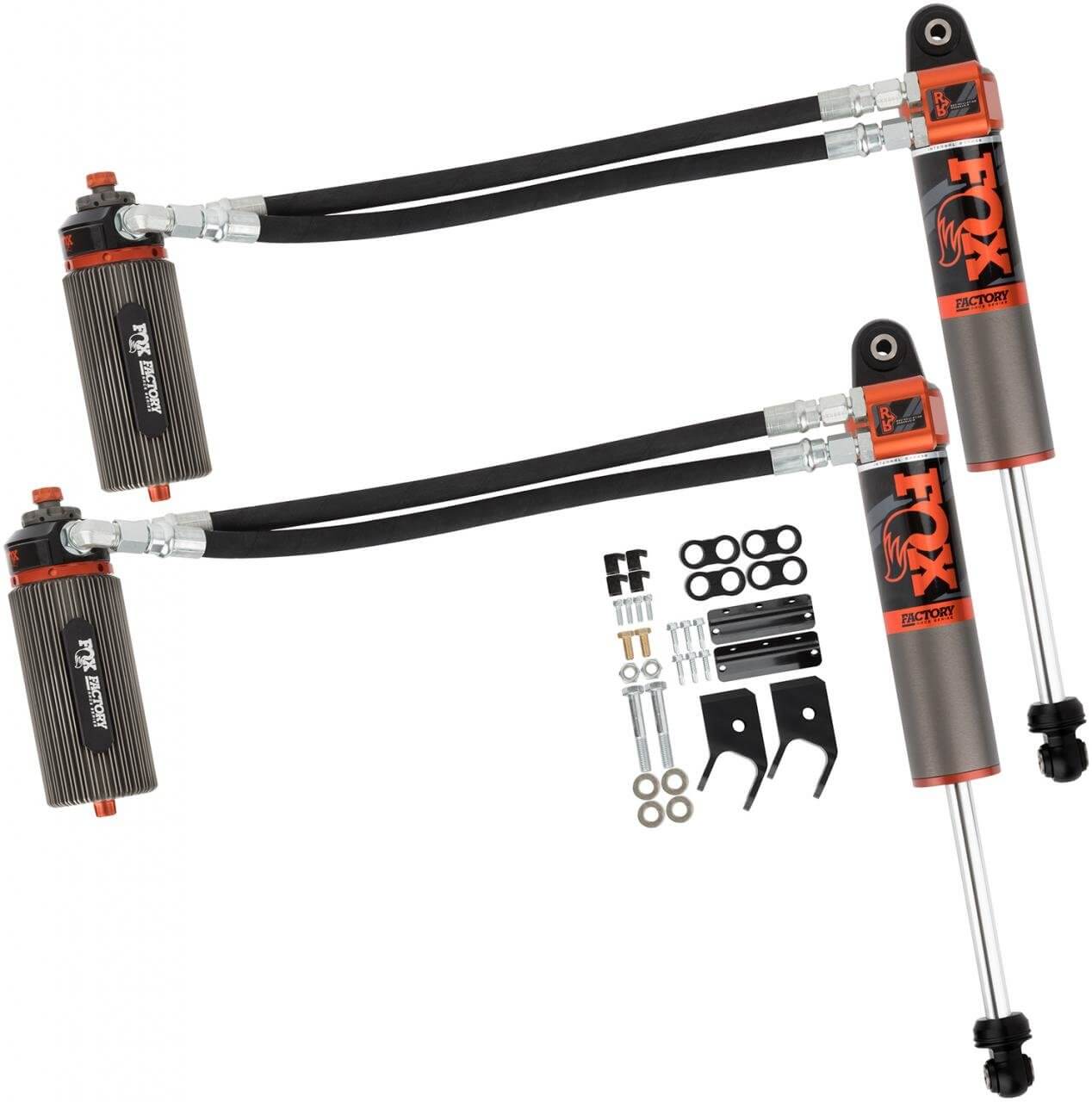
Overlanding at speed with a full load is really hard on the OE shocks. Aftermarket monotube shocks with a larger diameter and remote reservoirs are much better at dissipating heat than the stock shocks. Remote reservoir shocks such as these from Fox will help maintain a higher level of suspension performance.
Better Shocks
The factory shocks on most 4x4s are usually adequate for handling on-road use and short slow speed off-road jaunts. When you start to travel longer distances off-road at any kind of speed, you’ll quickly see the OE shocks fade, which leads to poor suspension performance. The added cargo load carried by most overlanding 4x4s exponentially exacerbates the problem. Most factory shocks will overheat quickly and be rendered useless in a matter of minutes. Overheated shocks that have faded will allow the suspension to cycle uncontrolled, which can lead to suspension and axle damage if you don’t slow down or stop and let the shocks cool off before continuing on. Rather than stopping every 20 minutes or so, you can upgrade your shocks with high-quality aftermarket mono-tube shocks. Mono-tube shocks are better at dissipating heat and are less likely to fade than traditional OE shocks. Those that prefer faster speeds or typically haul heavier loads than most off-road can opt for large diameter and remote reservoir mono-tube shocks. Larger diameter shocks and remote reservoir shocks hold more fluid and are able to shed heat much more effectively. Internal and external bypass shocks are also a good option if they fit your budget.
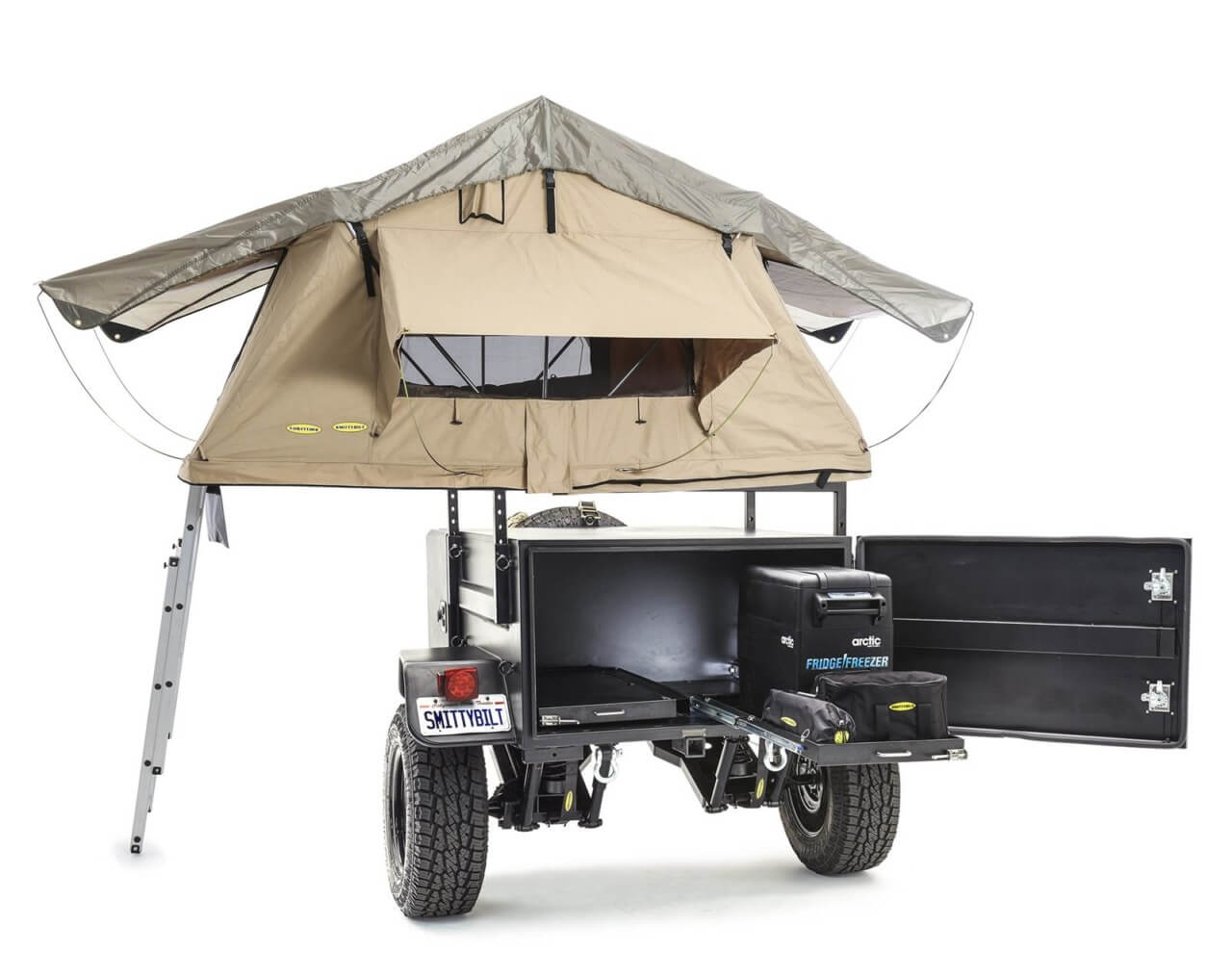
Every overlander needs a sleeping solution. It can be as complex or as simple as you prefer and can afford. Adventure trailers and rooftop tents have increased in popularity and have many advantages over some of the other more traditional camping options.
Sleeping Arrangement
One of the most important and often most intricate elements of an overland rig is the sleeping arrangement. It could be as simple as a sleeping bag you lay out in the dirt, as complex as a slide-in truck camper or anything in between. Adventure trailers and rooftop tents have increased in popularity by leaps and bounds. Rooftop tents get you out of the weather and they’re up off the ground away from creepy crawlies and other critters. We all have different preferences when it comes to a sleep shelter, but it’s a good idea to always keep the weather in mind. For example, if you love laying out directly under the stars at night, it might not be a bad idea to have a backup plan and keep a small ground tent stored away for a rainy day.
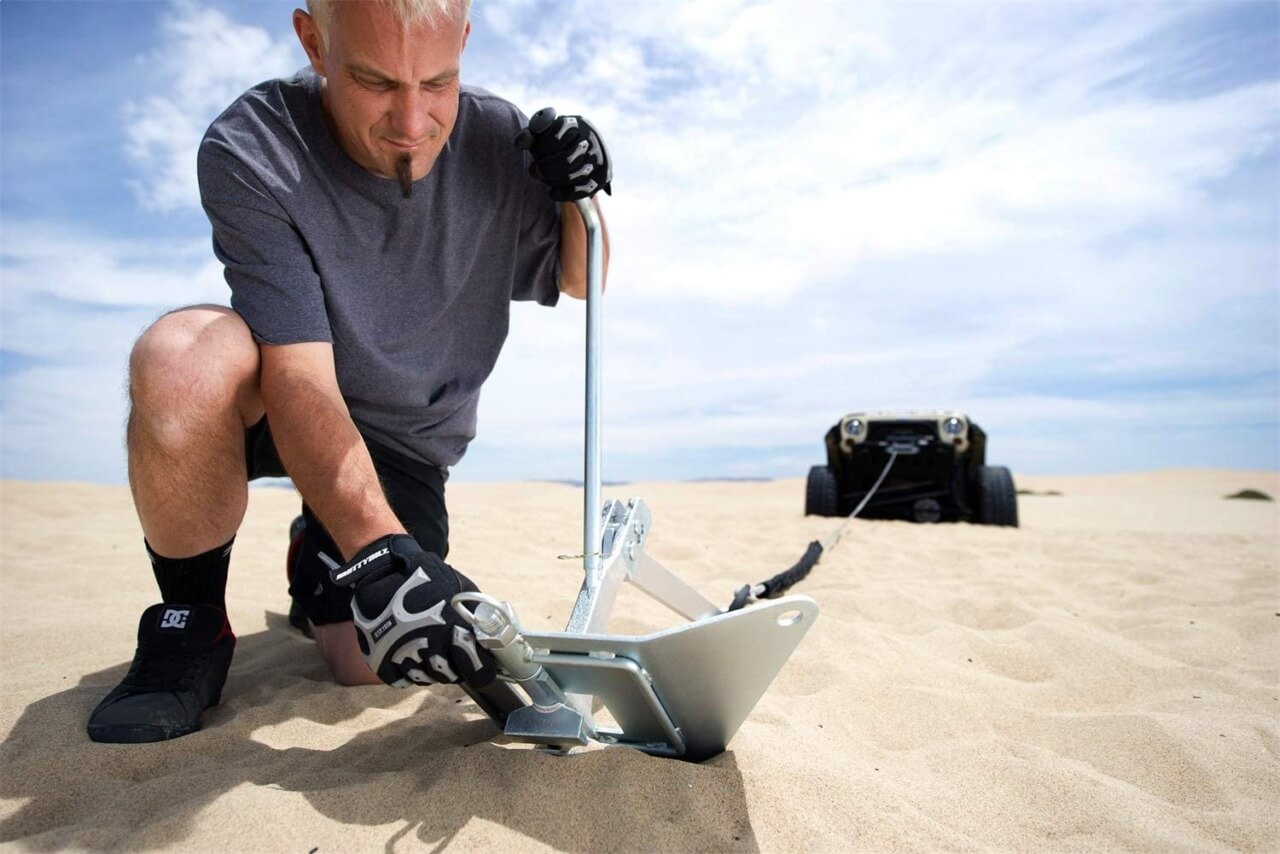
An electric recovery winch can be invaluable to an overlander that regularly travels rural trails alone. If you frequent areas that don’t have many natural winch points, you should also consider adding a winch anchor to your recovery kit.
Recovery Winch
In most cases, you’ll steer clear of extreme off-road trails when overlanding, but that doesn’t mean an electric recovery winch is an unnecessary item. It’s not at all unusual for trails to be washed out and normally dry lakebeds to be muddy. Leftover snow from a late spring thaw or a fallen tree could also hold up your forward progress. A winch can be an invaluable tool in these instances, especially if you are stuck and alone. Choose a winch that is rated for at least 1.5 times the weight of your fully loaded 4×4. A winch accessory kit will make your winch even more useful. Also, consider adding a winch anchor to your recovery kit if you regularly travel alone in areas with few or no natural winch points.

Handheld communication is really convenient for calling out turns and dangers in the trail to those in the group behind you. However, hard mount radios such as this can typically reach out much further than the handheld units.
Radio Communication
It’s always a good idea to have the ability to reach out for help. Cell phone coverage has been greatly expanded since its inception, but there are still many areas where there is no service. Fortunately, satellite phones and their use have become much more affordable. If you overland outside of cell service regularly, it might not be a bad idea to add a satellite phone to your camp kit. When traveling in groups, communication is key to keep everyone from getting lost. In the past, CB radios were popular, today dual-band radios are more affordable than ever. The VHF/UHF radios offer more range than a traditional CB. They are perfect for calling out important turns and dangerous hazards in the trail to others in the group behind you. Handheld dual-band radios are extremely convenient because they can be moved around from vehicle to vehicle, but hard mount radios are more powerful and can reach out much further.

Collapsible full-length trail shovels offer the best of both worlds. You get the functionality of the long handle and the convenience of a compact design that can be stored away when not in use. It’s always a good idea to keep your trail shovel in a handy location in case you need it.
Shovel And Chainsaw
While a chainsaw is generally only necessary seasonally in wooded areas, you should consider a trail shovel mandatory for every overland trail rig. You can dig fire pits, repair a water-damaged trail that would otherwise be impassible and even dig under the chassis of a stuck vehicle to help get it moving again. A proper shovel is far more efficient than digging with a stick, a cooking pan or your hands. Numerous aftermarket brackets are available to mount a shovel to a rollcage, adventure rack or body panel so it’s out of the way, yet accessible. A chainsaw will be most needed in the woods after a snow or windstorm, or if you’re the first through the trail in spring. A white winter can and will take down weak or damaged trees and put them across the trail.













2